'There's people buried everywhere': Do RI's historic cemeteries need more protection?
In a state as old and densely populated as Rhode Island, it's not all that surprising to find a historical cemetery in the middle of an automobile dealership's sprawling car lot.
Or outside a Stop & Shop.
Or behind a Dunkin'.
Or in the small, neatly mowed space in between two suburban homes.
"There’s people buried everywhere," said Charlotte Taylor, an archaeologist with the Rhode Island Historical Preservation & Heritage Commission.
So whenever a developer breaks ground on a construction project, there's always the risk that they'll wind up unearthing fragments of human bones.
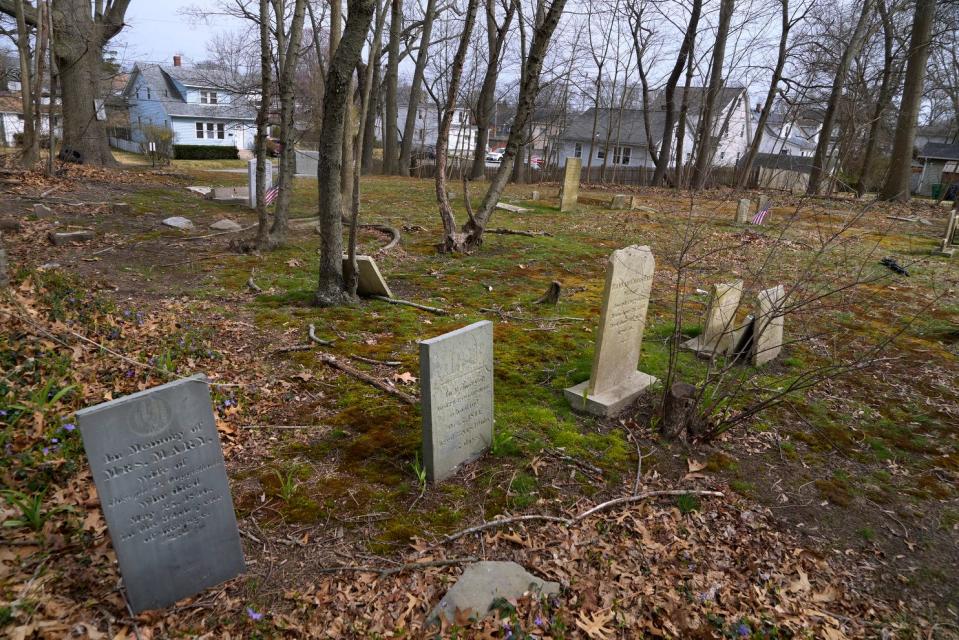
Not all that long ago, historical cemeteries were routinely bulldozed and paved over. In the 1960s, no one thought twice about building Route 37 over the remains of nearly 1,000 poor, sick and mentally ill people who had been institutionalized nearby. Jamestown constructed an elementary school on a Narragansett Indian burial ground, said Taylor, who will give a presentation titled “Living with the Dead in Rhode Island: From Cemetery Destruction to Cemetery Preservation" on April 24 at the main branch of the Cranston Public Library.
In 1992, the General Assembly passed a law designed to protect historical cemeteries from being destroyed. But it's not without flaws.
"It’s a lot better than it used to be," Taylor said. "But I can’t guarantee that all the cemeteries in the state are currently protected."
Rhode Island's long history of grave robbing, desecration
April and May are designated as "Historical Cemeteries Awareness and Preservation Weeks" in Rhode Island. And as Taylor details in her presentation, the state has a long and sordid history of grave robbing.
The first recorded examples of white Colonists robbing Native American graves date back to the 17th century. But well into the 19th century, white collectors were still looting Narragansett burial grounds to steal grave goods – the objects buried alongside a body – to display in museums.
Burr's Hill in Warren, traditionally a Narragansett and Wampanoag burial ground, was mined for gravel when the Providence, Warren & Bristol Railroad was built in the 1850s. As a result, any of the fill that was used to build the former railroad track could potentially contain human remains, Taylor said.
More: Brown's Haffenreffer Museum is leaving Bristol – and rethinking its role as a modern museum
While desecration of a grave or cemetery was made a felony in 1896, that didn't stop burial grounds from being destroyed, Taylor said. When it came time to build a highway such as Route 37, the law was simply ignored.
'Please don't do that'
After extensive advocacy from the late Rep. Leona A. Kelley, a South Kingstown Republican, the General Assembly finally created stronger protections for historical cemeteries in 1992.
Under the law, no one can disturb or excavate a historical cemetery without getting permission from the local town or city council – which is supposed to be granted only when there are no "prudent or feasible" alternatives.
They also can't do any construction, excavation or ground-disturbing work within 25 feet of the cemetery without permission, due to the likelihood that there could be other unmarked burials nearby.
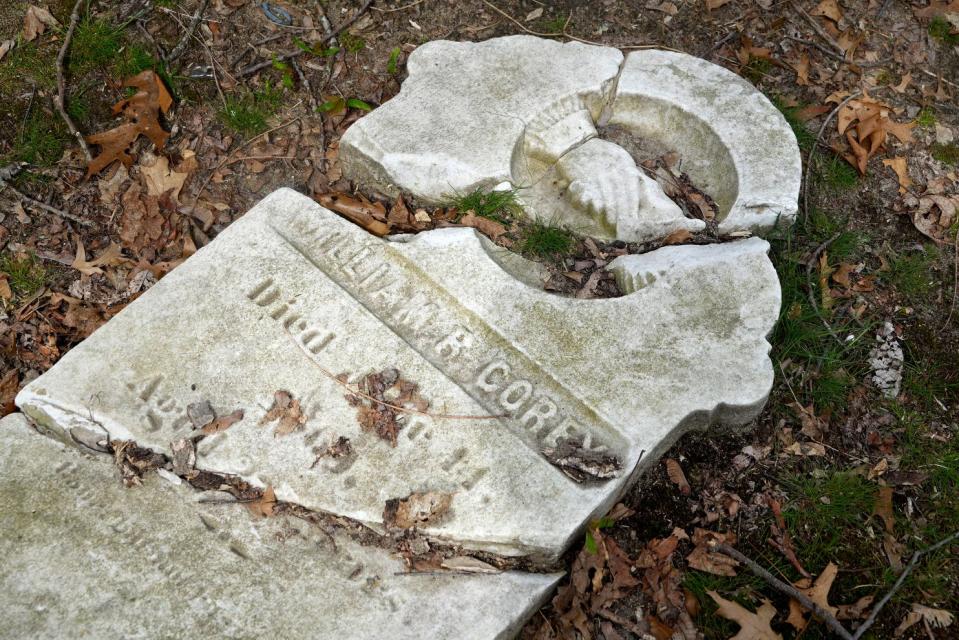
That leaves a fair amount of discretion up to the cities and towns, which have sometimes been "very generous" about allowing themselves to move forward with their own construction projects, Taylor said. Plus, with high turnover, a town's planning department or division of public works may not necessarily know where burial grounds are likely to be found.
The Rhode Island Historical Preservation & Heritage Commission, where Taylor works, serves in strictly an advisory capacity: They can issue sternly worded letters but not impose fines. The all-volunteer Rhode Island Historical Cemetery Commission, which has more of an advocacy role, similarly lacks teeth.
"We don't have any power," said Pegee Malcolm, who currently chairs the historical cemetery commission. "We can say, 'Please don't do that,' but 'Please don't do that' doesn't go very far."
It's also unclear who's in charge of enforcing the law and setting penalties when violations occur, both Malcolm and Taylor said.
Brian Hodge, a spokesman for Attorney General Peter Neronha, said that people who violate Rhode Island’s cemetery laws can face misdemeanor or civil penalties. Misdemeanor charges are generally prosecuted by cities and towns, rather than the attorney general’s office.
Desecrating a grave, on the other hand, is a felony – so those cases are handled by the attorney general’s office.
Hodge said that there have been two such prosecutions during Neronha’s tenure: one involving a defendant accused of stealing bronze placards from gravestones at Newport Memorial Park, and one stemming from vandalism of graves at the Grotto cemetery at Providence College. Both resulted in convictions.
Neronha would be “open to working with stakeholders interested in strengthening or clarifying these laws to ensure they are uniformly applied across the state so that our historical burial grounds and cemeteries are protected,” Hodge said.
Why some construction projects are subject to more oversight than others
Rhode Island is home to roughly 3,500 historical cemeteries, Malcolm said. There are 166 in Warwick alone, and approximately 200 in Coventry.
And countless others have yet to be discovered.
Early Rhode Islanders were often buried at home, rather than in church burial grounds, leaving their remains scattered all across the state. Their graves weren't necessarily marked with inscribed headstones, especially if they weren't wealthy. Similarly, Native Americans and slaves were often buried in unmarked graves.
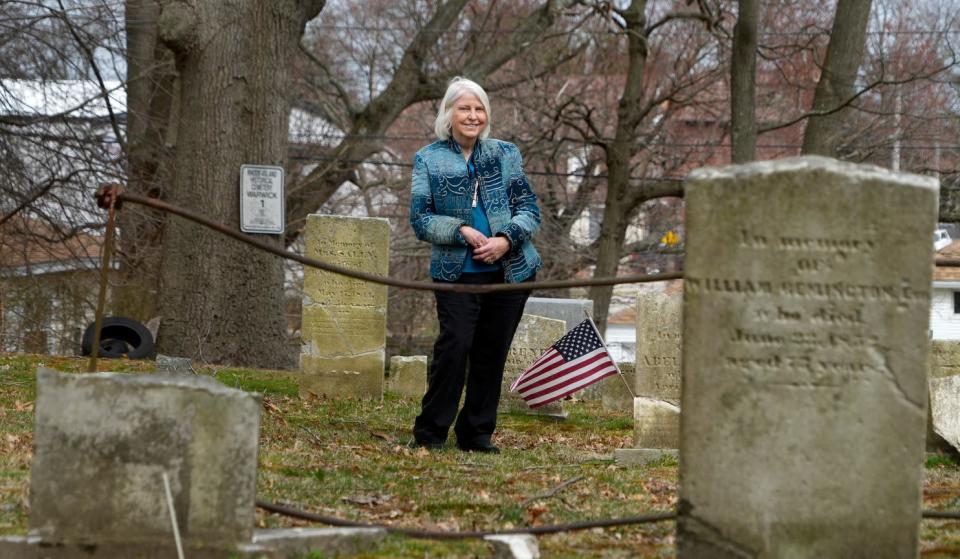
So is anyone checking for long-forgotten burial sites before a new road or subdivision gets built? That depends.
If state or federal agencies are involved, Taylor will review the plans and may call for an archaeological survey to take place before construction begins. (She may also suggest that archaeologists monitor the work while it's occurring.)
But if a developer only needs a building permit or sign-off from local planning and zoning boards, she typically won't be consulted.
The City of Warwick voluntarily sends proposals for new subdivisions to Taylor to review, but that's not common, she said. And if she has a concern, she can't force the city to do an archaeological survey – only strongly suggest it.
In essence, that means that some projects – such as those involving federal funding – are subject to more scrutiny than others. Building a home within 200 feet of the coastline, for instance, requires a permit from the Coastal Resources Management Council, which in turn means that the Historical Preservation & Heritage Commission will weigh in.
If you look at a map of all the archaeological sites in Rhode Island, you'll be able to tell where the state roads and power lines are, Taylor said. That's because those projects have to be reviewed by the heritage commission.
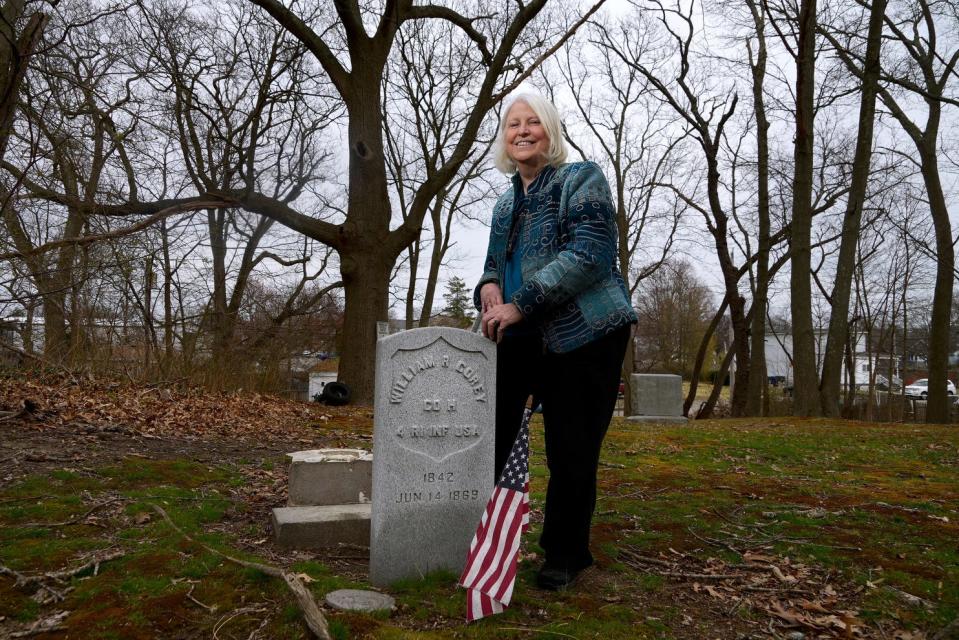
Are historical cemeteries standing in the way of development?
Could the fact that historical cemeteries are seemingly everywhere in Rhode Island be yet another obstacle to increasing the state's housing supply? Taylor doesn't think so.
"We want things to be protected," she said. "But protected does not equal project being canceled."
Obviously, you couldn't just build a brand new apartment complex on top of the North Burial Ground. But small family cemeteries "have never stood in the way of development," Taylor said.
When a developer does stumble upon a burial site, "our office does not say, 'You can't build here,'" Taylor said. Instead, she'll work with them to find a way that the project can move forward without disturbing any graves.
Usually, that means redesigning the project around the newly rediscovered cemetery, which can simply mean creating a little extra green space in between homes or businesses. On smaller lots, it may require building a long, shotgun-style house, or one that's elevated on stilts.
And though it's not the preferred approach, historical cemeteries sometimes do get moved. That's what happened when the Central Landfill in Johnston needed to expand, Taylor said. (In that case, the descendants of the people buried there were consulted and agreed to have the graves relocated.)
The bigger issue is that developers and construction workers may not notify anyone if they dig up human remains – or realize that they have an obligation to do so.
Even if the bones are hundreds of years old, you're still supposed to call the police, Taylor said. The state medical examiner's office and her office will get involved from there.
One memorable phone call came from a Warwick homeowner who was doing work on their cellar and discovered half of a body buried there. As it turned out, their house had been built right on top of a Native American grave. The remains are still in that basement, Taylor said.
"People find ways to live with the dead," she said.
Private property owners not obligated to maintain historical cemeteries
Bulldozers and backhoes aren't the only threat to historical cemeteries.
Some are collapsing and eroding due to neglect, while others are vulnerable to flooding and sea level rise. And, as both Taylor and Malcolm emphasized, no one is responsible for maintaining them.
"I get a lot of calls from people wanting the state to clean up or repair historic cemeteries," Taylor said. "We absolutely don't have any power to do that."
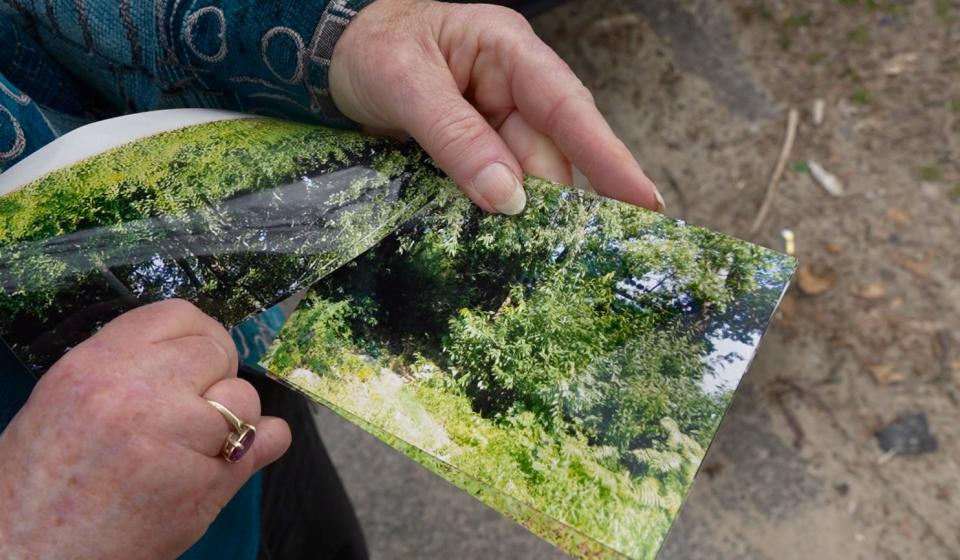
Historical cemeteries are often located on private property, Taylor noted. While it's illegal to destroy them, their owners also don't have any legal obligation to maintain them. And if they do, it's at their own expense.
Local cemetery commissions and historical societies routinely organize cemetery cleanups, Malcolm said, but they can't always get permission to go onto someone's private property.
"There really are some good stories under those headstones," she said. "But if they get all eaten by briars and brambles, nobody knows that."
Archaeologist Charlotte Taylor's presentation "Living with the Dead in Rhode Island: From Cemetery Destruction to Cemetery Preservation," will take place on April 24 at 6:30 p.m. at the Cranston Central Library on Sockanosset Cross Road.
Information about other events planned for Rhode Island Historical Cemeteries Preservation and Awareness Weeks, which take place in April and May, can be found at preservation.ri.gov/ricw.
This article originally appeared on The Providence Journal: Who protects and maintains RI's historical cemeteries?

